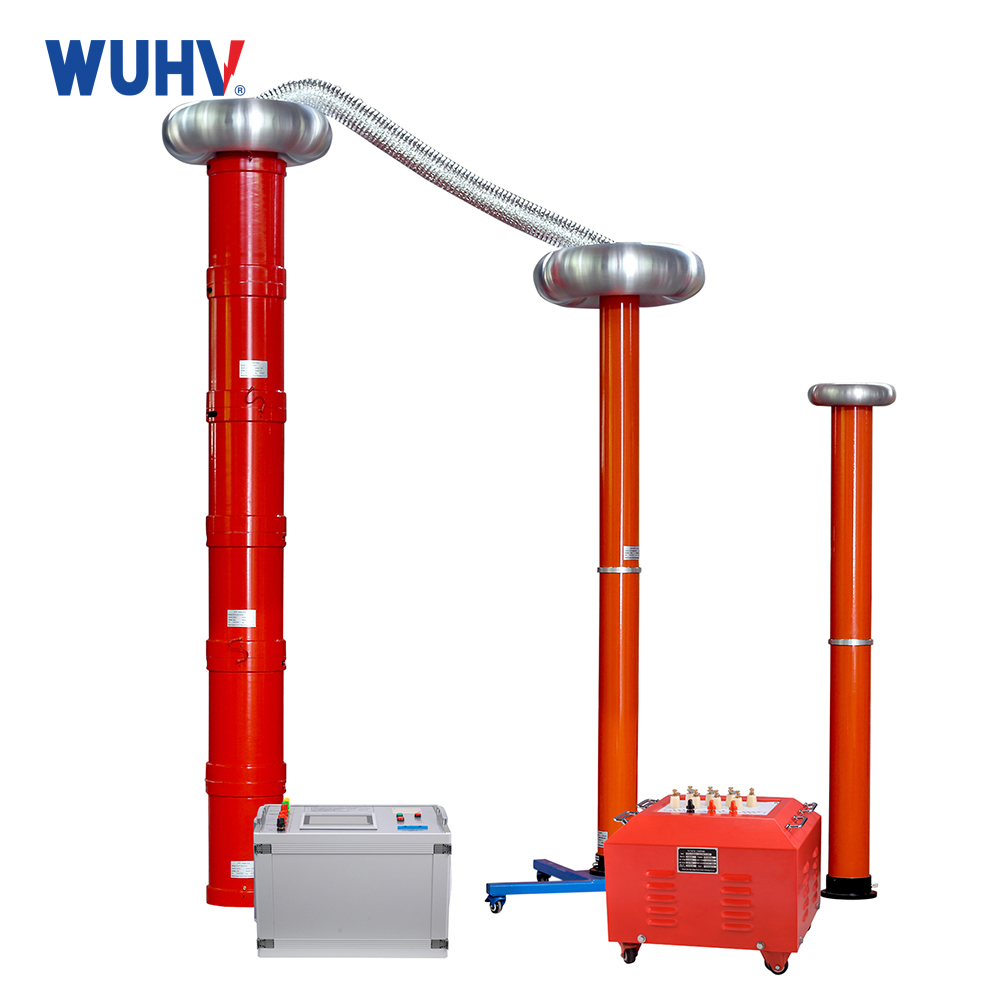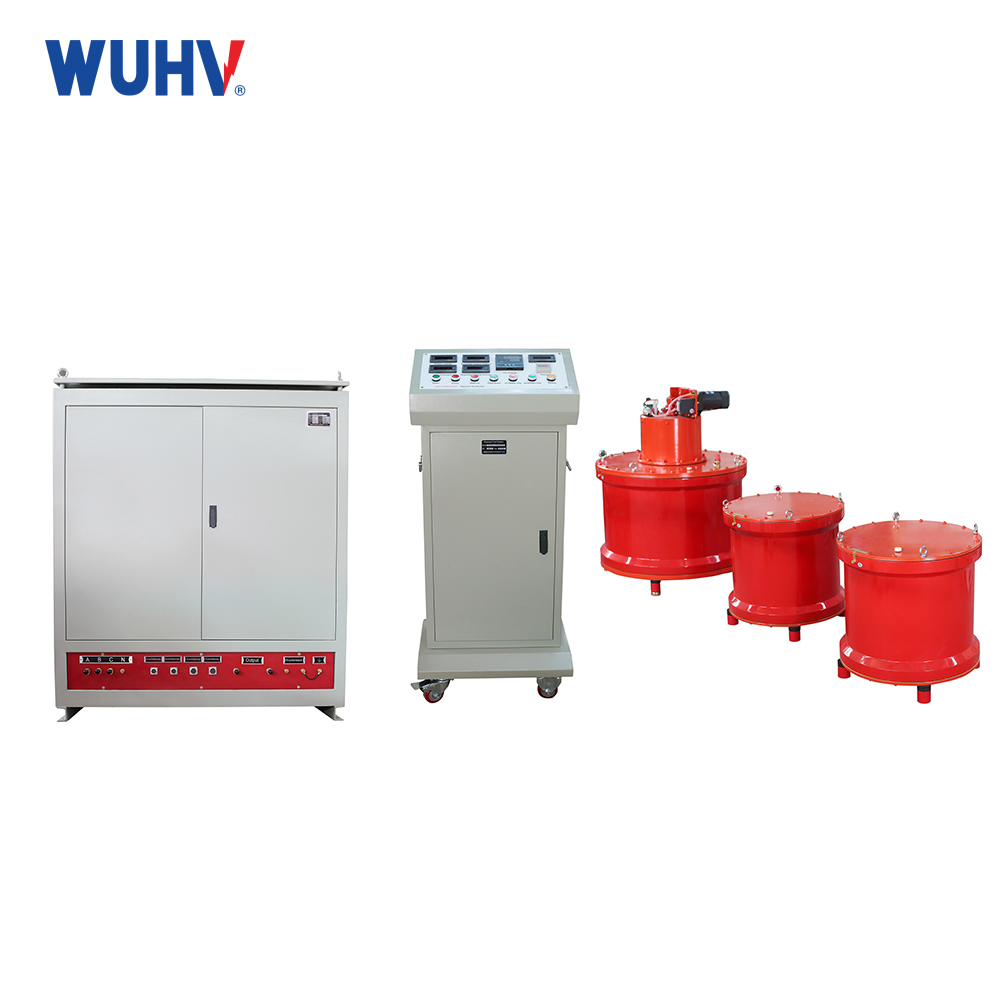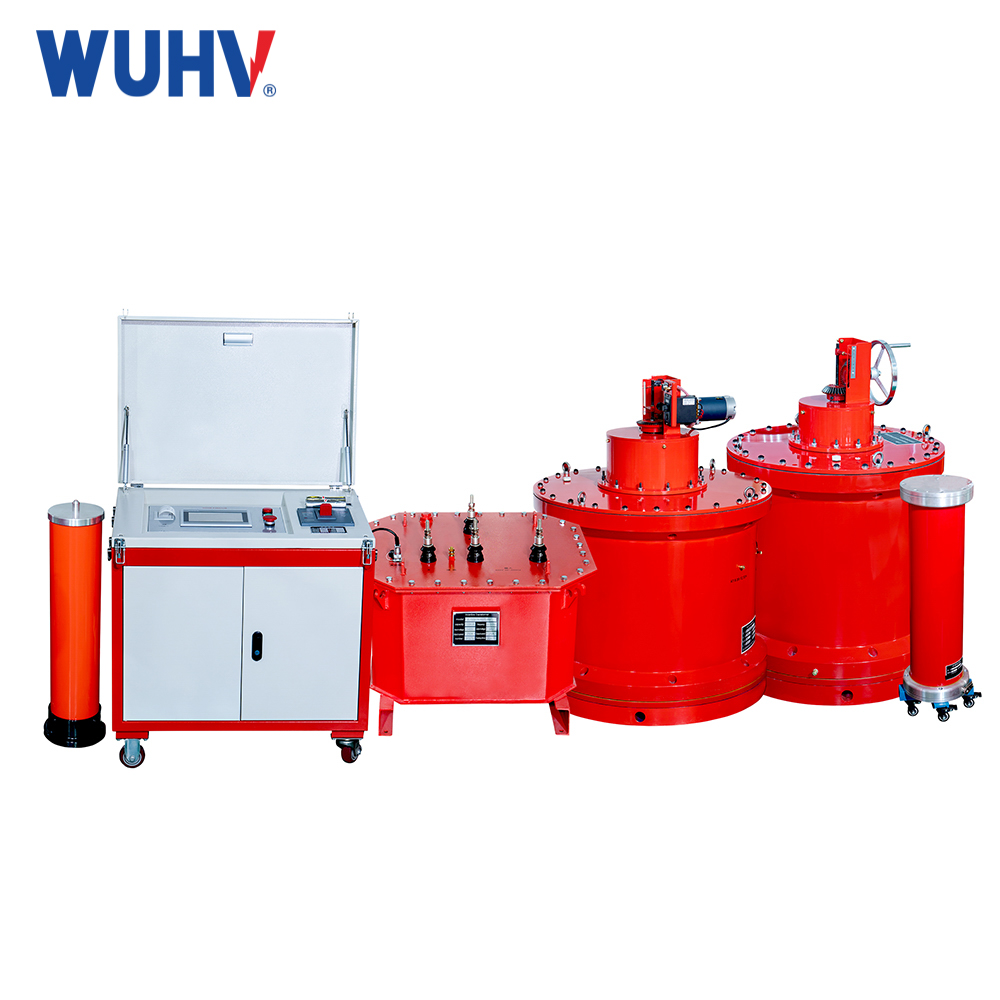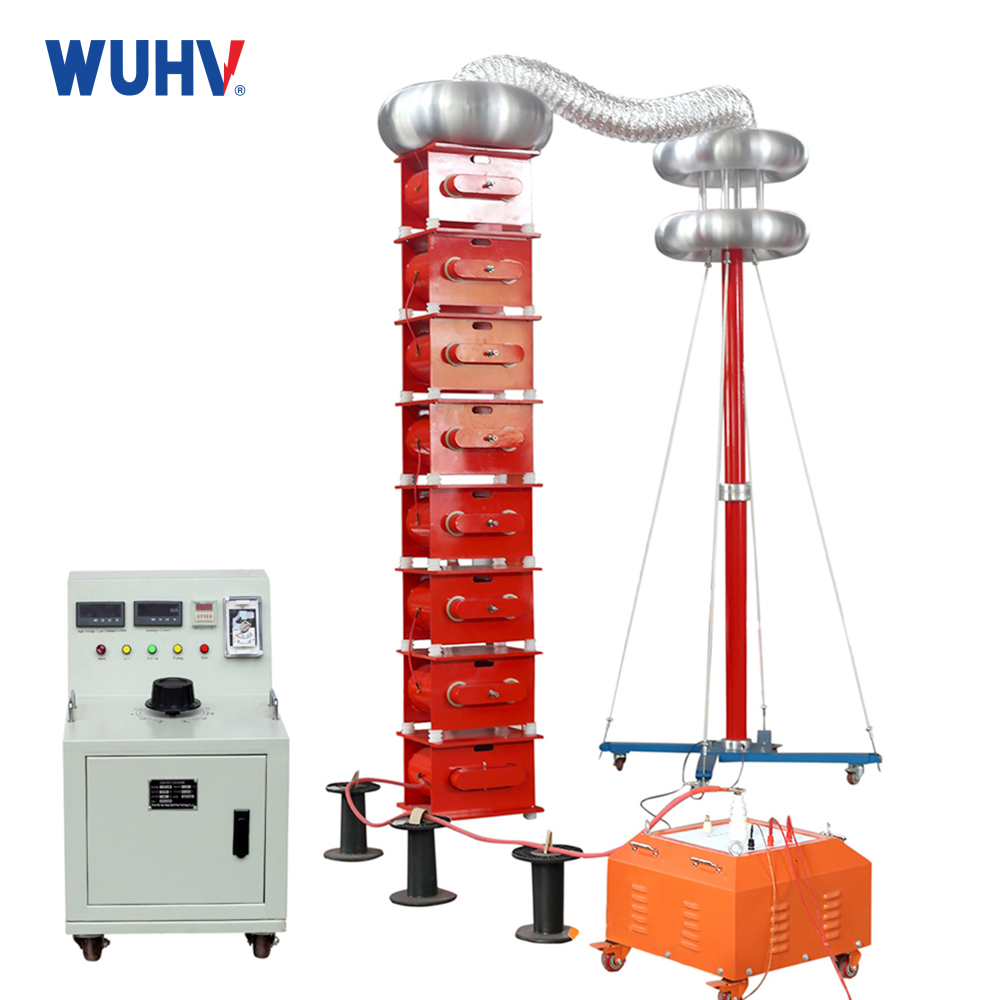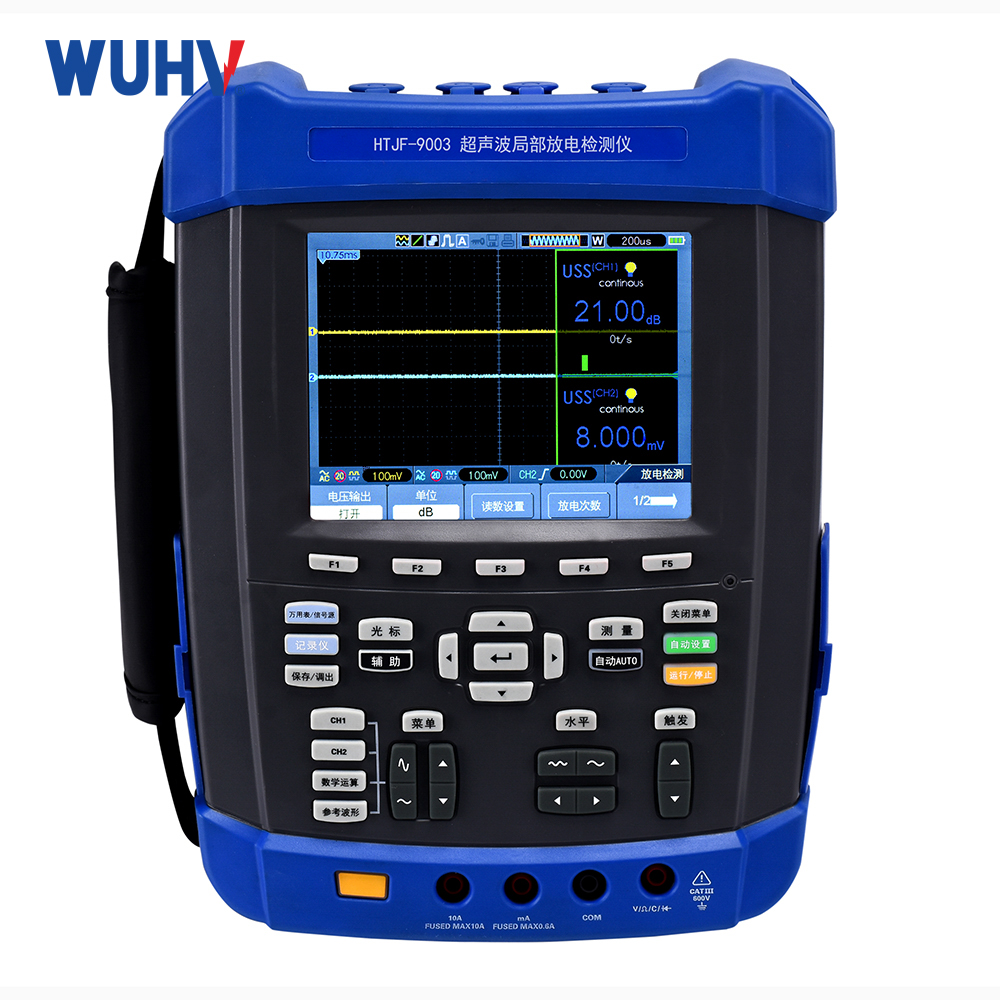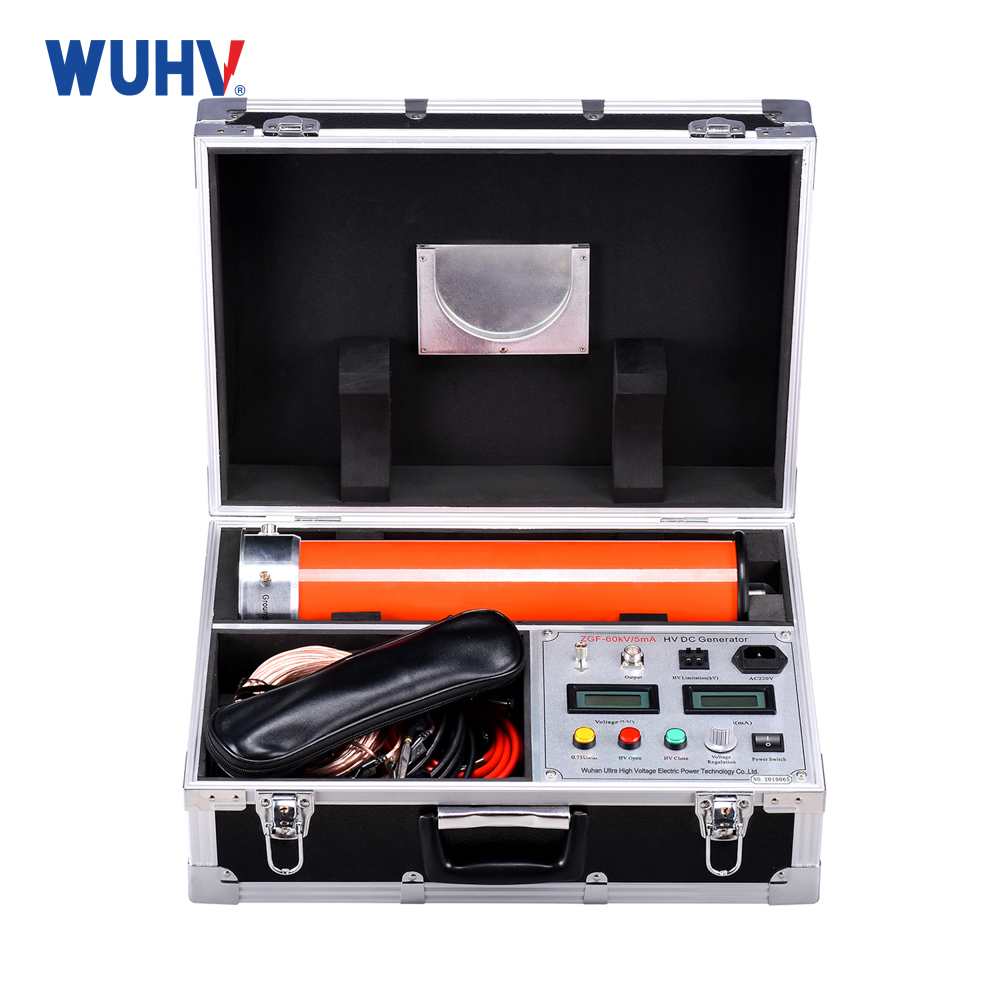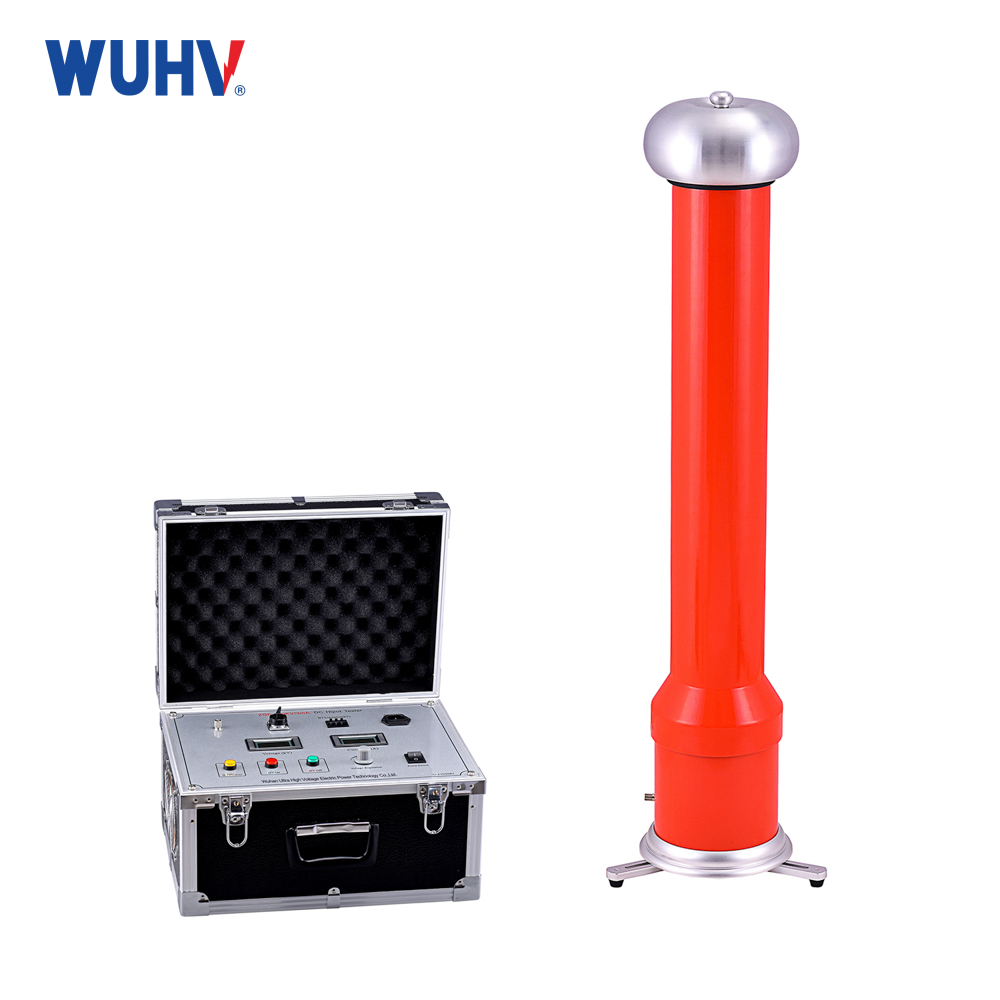A motor test bench is an integrated testing platform that combines power sources, loads, measurement systems, controls, and data acquisition. It is primarily used for type tests, factory acceptance tests, commissioning tests, and performance verification of rotating electrical machines such as generators and motors after maintenance.
Its advantages in power systems can be elaborated from multiple perspectives, centering on ensuring system safety, improving economic efficiency, and driving technological progress.
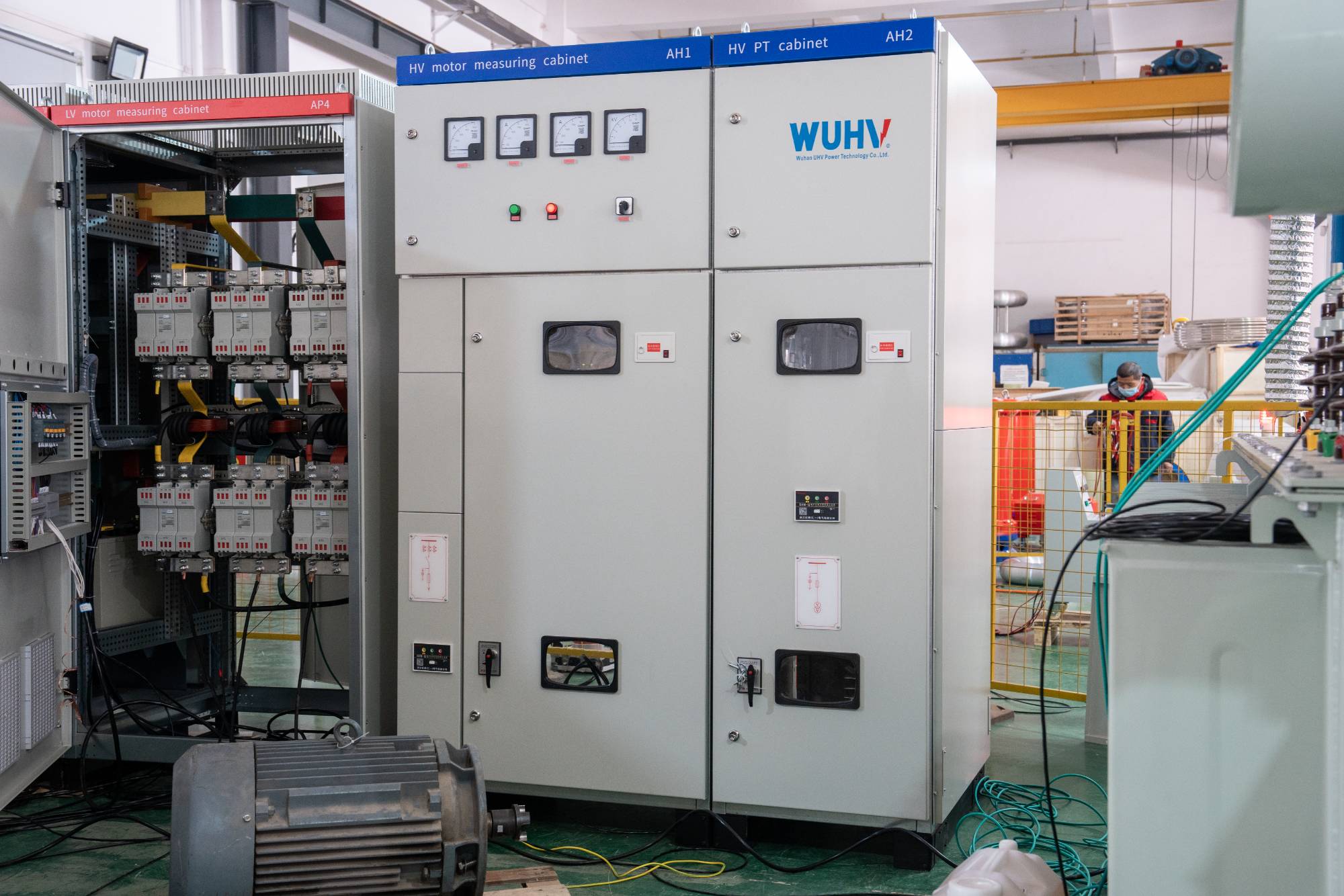
1. Advantages for Power System Safety and Stability
This is the most critical and essential value of motor test benches.
1)Fault Prediction and Prevention: Before a motor is connected to the grid, rigorous tests (such as temperature rise tests, overload tests, insulation withstand voltage tests, and short-circuit characteristic tests) can identify potential design, material, manufacturing, or installation defects and weaknesses. This prevents "operating with hidden faults," avoiding sudden failures during operation that could cause localized blackouts or even larger grid accidents.
2)Validation of Protection System Coordination: The test bench can precisely calibrate the generator's excitation system, governor system, and related protective relays (e.g., differential protection, overcurrent protection). This ensures that in the event of an actual grid abnormality (e.g., short circuit, loss of synchronism), the protection devices operate accurately and quickly to isolate the faulty equipment from the grid, safeguarding the main equipment and maintaining the stability of the rest of the power system.
3)Enhanced System Reliability: Ensuring that every motor put into operation meets design standards and performance requirements improves the reliability of power generation and consumption equipment across the entire power system from the source, reducing the risk of unplanned shutdowns.
2. Advantages for Economic Efficiency and Operational Performance
1)Reduced Full Lifecycle Costs:
Lower Maintenance Costs: Identifying defects in advance avoids costly on-site repairs and significant downtime losses after operation.
Extended Equipment Lifespan: By optimizing operating parameters (e.g., optimal excitation current) through testing, the motor always operates in an efficient and healthy state, reducing wear and aging and significantly extending its service life.
2)Improved Energy Efficiency and Emission Reduction:
The test bench can accurately measure motor efficiency, power factor, and losses (e.g., iron losses, copper losses, windage, and friction losses). This is crucial for evaluating the motor's energy efficiency.
Power companies can prioritize the use of high-efficiency motors, thereby reducing fuel consumption at power plants and transmission losses across the grid, directly generating economic benefits and reducing carbon emissions. This is highly significant for achieving national "dual-carbon" goals.
3)Optimized Operational Strategies: By obtaining precise performance curves of the motor (e.g., power angle characteristic curves, V-curves) through testing, grid dispatchers can more scientifically schedule unit operations, allowing efficient units to generate more power and optimizing resource allocation.
3. Advantages for Technological Research and Innovation
1)Design Validation and Optimization: For motor manufacturers and research institutions, the test bench is the only way to validate new designs, materials, and processes (e.g., new cooling technologies, high-temperature superconducting motors). By comparing test data with design simulation results, products can be continuously improved and optimized.
2)Localization and Self-Sufficiency: In the process of domesticating major equipment (e.g., million-kilowatt hydroelectric generators, main pump motors for nuclear power plants, large gas turbine generators), the test bench is a critical component in completing the cycle of independent design, manufacturing, and validation, ensuring that domestic equipment meets performance standards and breaking foreign technological monopolies.
3)Condition Assessment and Repair Verification: When motors in operation fail or undergo major repairs, they can be "health-checked" on the test bench to assess whether their performance has been restored to original levels and determine if they can continue to operate safely and reliably, providing data-supported decision-making.
4. Advantages for Different Types of Tests
For Factory Acceptance Tests: Ensures that each product meets national standards and contract requirements, serving as the "final checkpoint" for product quality.
For Type Tests: Comprehensively examines the performance of the product design and the effectiveness of innovations.
For Post-Maintenance Tests: Verifies the quality of repairs, avoiding repeated disassembly and assembly, saving time and labor costs.



